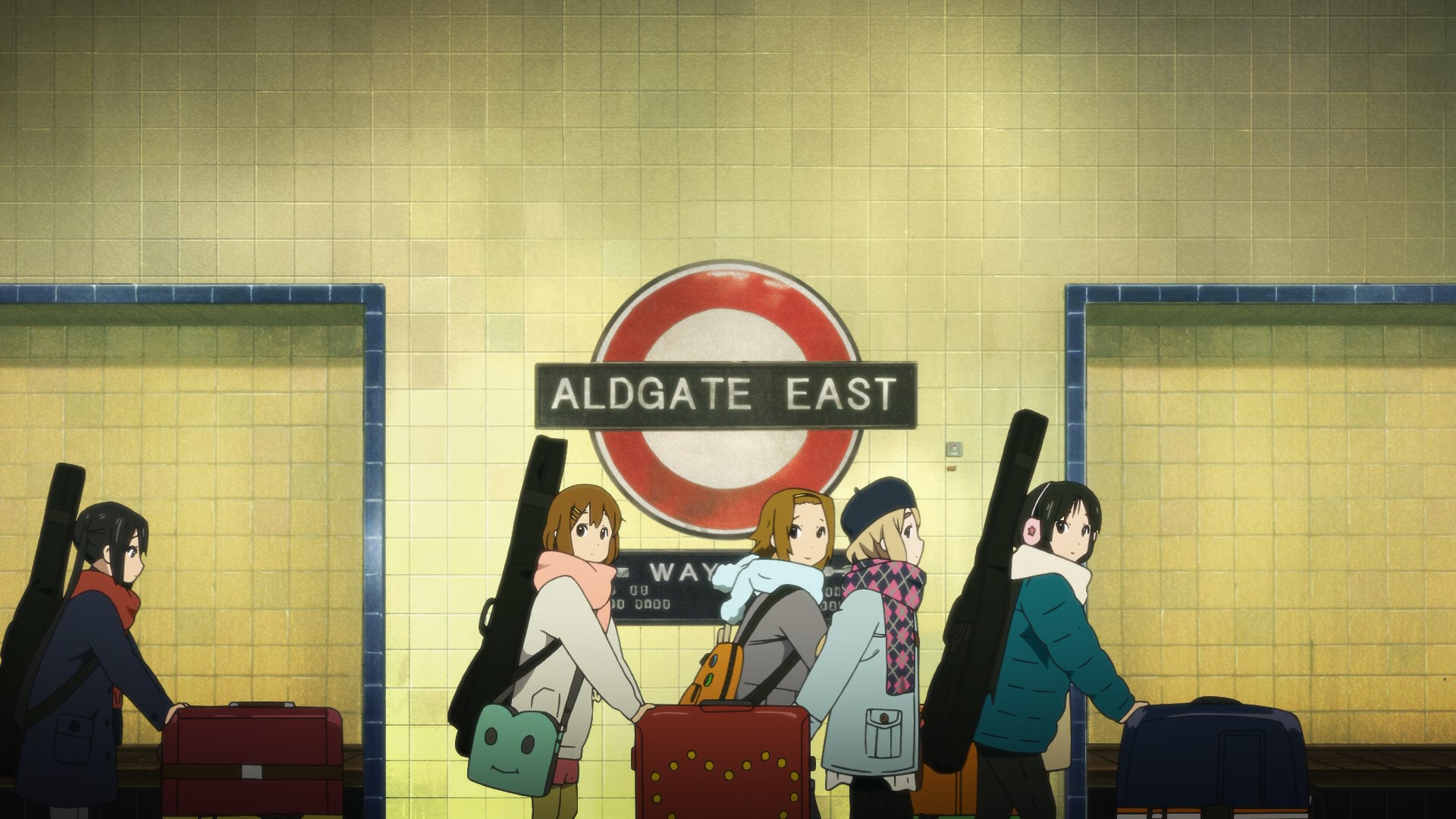
Anime Craft Weekly #28: Major Mainstream Misunderstanding – Part 1
Mainstream popularity is often looked down upon by snobby fans who deem themselves more refined than the masses, but anime’s peculiarities have caused the similarly ridiculous opposite thoughts to flourish; latenight titles have rightfully earned the scorn of many fans, and the subsequent demonization of otaku properties made the idea of anime not aimed at those niches sound inherently better. A very questionable train of thought, made even worse by the fact that most people don’t really know which titles are mainstream.
Complaints this industry overwhelmingly favors the preferences of a certain subset of fans have been around for longer than most people who’ll read this have been into anime. And to be fair, that’s by all means true when it comes to volume, particularly during its over-production peaks. But the western fandom’s lack of information and even interest in what lies beyond those titles, plus the internet’s nasty tendency to ignore any nuance, has led to some very questionable beliefs; latenight anime’s worst trappings – perhaps best embodied by light novel adaptations nowadays – are often blamed on its niche otaku audiences, and thus shows not blatantly aimed at them become the salvation by contrast. There begins the false dichotomy of filthy otaku anime vs laudable mainstream projects, with seemingly nothing in between. This nonsensical conflation of very different ideas has become a very widespread conception, thanks to a lack of knowledge but also due to certain attitudes. Many fans seek comfort in the idea that plenty of other people also enjoy what they love, so they’ll argue with reality itself about how their favorites are beloved. But moreso than regular popularity, what’s seen as inherently positive is attention from the general public – otaku have been designated as the villains after all, so if something is a hit amongst a very different audience then it has to be good. Twist cause and effect a little bit, and you reach the conviction that if you like something and find it a truly worthwhile piece of art, then it must have been a title with mainstream appeal rather than a soulless otaku product. Insecurity fuels these thoughts, but there’s that other and far simpler cause of all these misunderstandings: western anime fans don’t really know which titles are mainstream. I don’t mean to berate them, you, for that lack of awareness and disconnect with the industry. I’d rather address the lack of information.
That was admittedly a bit of a harsh way to start a post, since it’s not entirely true that people don’t know any mainstream anime. The theatrical space has lost Ghibli and is generally dominated by franchise films, so if you asked someone about current titles popular amongst an ordinary crowd they’d focus on TV offerings. And they’d reply with the likes of One Piece, Dragon Ball Super, Naruto, Pokemon, Detective Conan, Fairy Tail…and that’s about it, most likely. That ignores way too many things sadly, including four titles about and for families with higher viewerships than right about everything else. Sazae-san is the anime that’s attracted the most eyeballs in Japan by a margin so large that everyone else might as well not show up to a competition, and yet it’s only ever mentioned as a piece of trivia about the longest animated series. As someone who grew up watching Doraemon every single day, its near non-existence within fandom conscience is still a bit bizarre. And two franchises that have allowed beloved creators to grow (Masaaki Yuasa and Tsutomu Mizushima to name a couple most people will recognize) like Chibi Maruko-chan and Shin-chan aren’t exactly celebrated either. It’s not as if fans are under any moral obligation to enjoy these titles that often aren’t easily available to them, but by outright ignoring their existence people’s understanding of the industry is flawed at best. And if these family titles get little attention, outright kids shows have it even worse. A handful like Youkai Watch, Precure and Aikatsu have some brand awareness, while the rest might as well not exist even when Crunchyroll is lucky and manages to get a license. It’s important to understand than even lesser projects in this field have almost automatically a wider reach than big latenight IPs, the scope is that much different.
Shows for parents and children alike aren’t all there is of course, and TV ratings aren’t the be all end all either – though they’re definitely a way better tool to gauge overall interest than pricy disc sales, which are aimed at a small subset of fans. Some mainstream hits don’t need to thrive through massive direct TV viewerships, especially when they have strong multimedia footholds like Attack on Titan did. With its latenight broadcast, the show had to rely on the other avenues it had to leave an imprint. And that brings us to perhaps the most interesting cases, latenight anime with a mainstream presence: titles without a widespread enough popularity to be pop culture items on their own, but for one reason or the other have broken through the usual audience limitations that latenight anime has. I say these are the most interesting not only because we’re finally dealing with the titles western fans do talk about constantly, but because this is where fans project their biases the most.
Even moreso than the chance to name some wildly popular titles that receive no attention in the west, what pushed me to write this were those misconceptions about what a mainstream-type anime is. For starters because there’s no such thing as a mainstream premise, if anything the recurring element is more of a mood thing; pleasantness and family-friendliness are more likely to work on a big scale, and even then there are way too many exceptions. Since for quite a while the stereotypical latenight show was something fluffy and with cute girls, this became another tired iteration of moe vs actually worthwhile anime, with mainstream anime representing the latter. The idea that general audiences would have fundamental issues with cute designs and seemingly infantilized girls is amusing on multiple levels. Aesthetically, because Masayoshi Tanaka is one of the most influential modern latenight designers and yet his latest movie with Makoto Shinkai has obliterated countless records, and when it comes to the portrayal of teens…let’s just say that people who find that frustrating within latenight shows should probably never watch kids anime. This isn’t to say those elements can’t be outright creepy in the wrong hands, that you can’t find them intrinsically problematic, and that they don’t put off some people. But they sure aren’t the general dealbreaker most fans have assumed they are. With titles mainly aimed at straight adult women continuously becoming hits and their increasing presence in the latenight space I feel like that debate will gradually fade away…but chances are the nebulous idea of fujoshi will just become the next scapegoat blamed for ruining anime as an artform.
I’ve talked a lot in the abstract, but I feel it’s equally important to give concrete examples – especially when it comes to these latenight titles that end up making a splash in the mainstream, which is a concept shrouded in mystery. Quantifying that effect is complicated to begin with, since standard popularity metrics aren’t very helpful. DVD/bluray sales can mark the financial success of a title, but they don’t exactly denote wide reach by themselves; a show that averages about 10,000 units will most likely be considered a success and make a fair share of money for the companies involved, but reaching that many households is hardly a feat. Obviously not all fans purchase the disc releases, but either way we’re still often dealing with small but super dedicated fanbases even when it comes to hits. Using TV ratings to determine this wider than expected popularity is also tricky, since animation struggles to compete with live action over viewership to begin with, and the anime Top10 people have access to is entirely dominated by daytime shows for kids, teens and parents. Thankfully, we can still find some data. One particularly insightful piece of information is the DVR rates; with anime often airing way too late to watch live, fans tend to simply record it to watch the episodes later. This hits younger audiences and working adults way more than the stereotypical 20s otaku, and that of course shows in the data. So far, the most recorded winter 2017 anime are Gintama and Blue Exorcist, two adaptations of popular manga that had previous anime adaptations running on daytime slots where they gained lots of young teenage fans. Since staying up until 2am to watch the series isn’t feasible for them, the shows have now skyrocketed in DVR rates. March Comes in Like a Lion is another title that has mostly been missing the actual TV ratings Top 10 yet appears in the recording ones; its NHK-g broadcast immediately makes it potentially reach more households than any other anime, and as part of a cross-media campaign with a live action adaptation the title definitely catches attention. And yet, the midnight broadcast is a little too late for the kind of grounded J-Drama fan who would be really into the series, so once again people have to rely on recording.
These 3 titles all happened to start as a widely popular manga to begin with so perhaps it won’t be much of a surprise to find out they’re mainstream darlings. In that regard, the DVR data for satellite channels has been a bit more interesting lately; those networks don’t focus on current series as much, so you get to see rebroadcasts of older series compete and even beat ongoing anime. It doesn’t only feature shows that made it beyond their immediate intended audience then, you also get to notice some of those retained popularity. As of late, the most recorded anime on those channels is an Evangelion HD rebroadcast, which perfectly demonstrates that. Behind it we find K-ON!, always a fascinating title when it comes to this; the moe doom-bringer for filthy men according to the internet, and yet one of the non-franchise latenight hits that had the biggest leaks into the mainstream, including people who actively don’t consider themselves anime fans. It’s even one of the very few anime that have been broadcast on Disney Channel, alongside others in rather similar positions like Love Live. Teen girls in particular found a show about schoolgirls like themselves to be relatable, who’d have thought. There’s some more neat details, like The Eccentric Family’s rebroadcast building up to its sequel also making an appearance in the most recorded lists. In an industry that functioned properly a show like that wouldn’t have aired late at night to begin with, but that’s the sad story of many shows. At the very least, we know this one has fought against the odds and found enough of an audience to even get a second season.
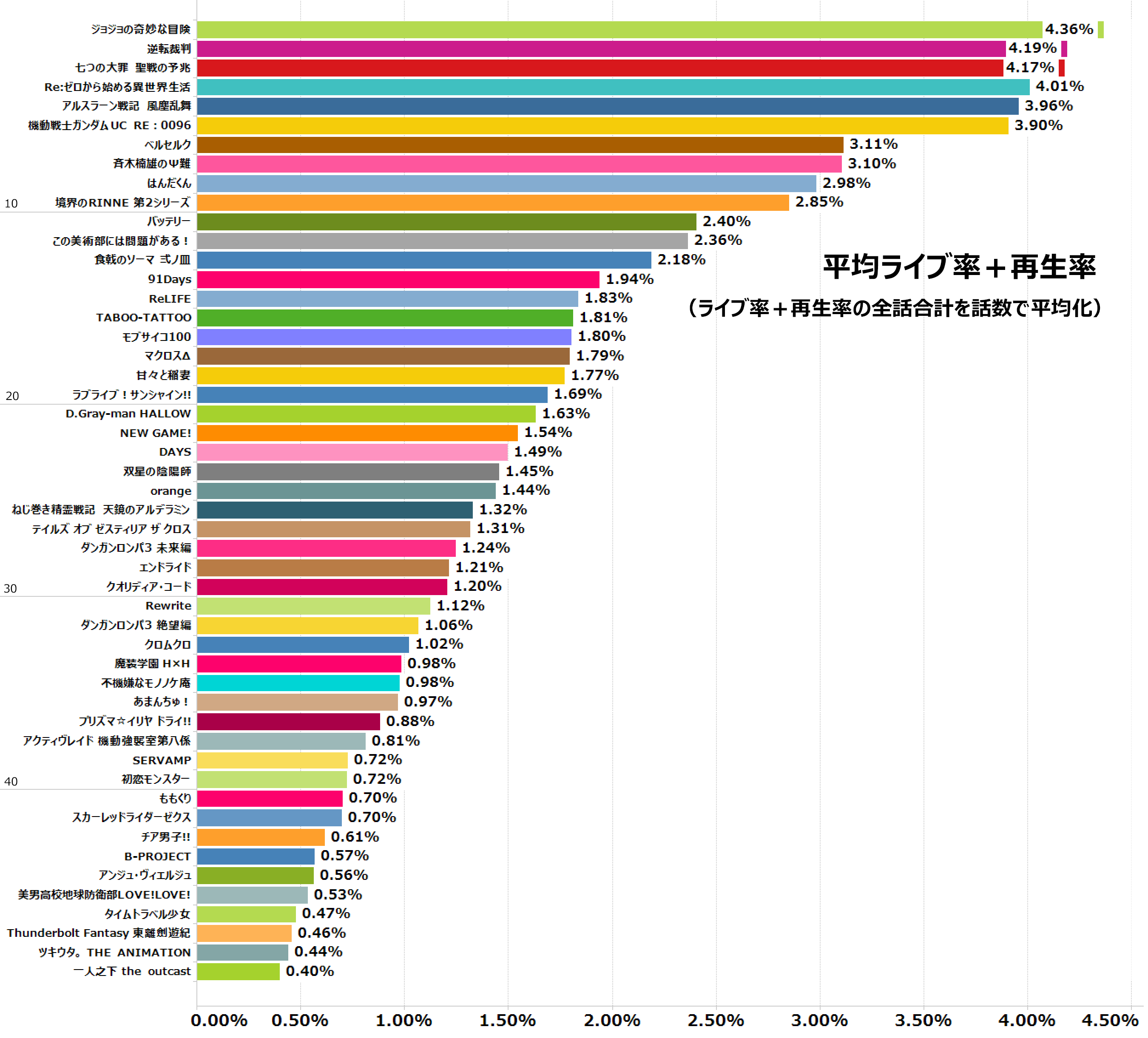
And since we’re talking about data already, I’d like to end with perhaps the best resource to quantify the reach through TV for seasonal anime. Toshiba’s TimeOn has started compiling these reports combining live views and recordings of new shows featuring very helpful charts. They’re essentially one season behind because analyzing all this data entails quite a lot of work, but the results are an actual godsend. We could make an entire post out of each of them, but this is already too lengthy so a light overview of them will do. The top titles are no surprise when you consider the context. Assassination Classroom outperformed all other new series, which is sort of to be expected of an immensely popular manga that was coming to an end while getting live action adaptation films and an anime that would fully cover it in the end. While it aired latenight, that’s so much momentum it didn’t have much of an issue beating even daytime series. Kabaneri’s case might actually take people by surprise, since on the surface the title didn’t seem to live up to its calling as Attack on Titan’s successor. As it turns out though, it did get the attention of many people, which explains why it quickly received new releases, game spinoffs and even a sequel; Fuji TV’s noitaminA is particularly concerned about reaching non-anime fans, so this worked out rather well for them. Ace Attorney is a rather amusing instance, since the uninspired adaptation was panned for its production values on the internet and yet ended up performing rather well. The detail most people weren’t aware of is that it aired alongside Detective Conan’s daytime slot on ytv, which makes it way more likely to achieve success. Jojo Part 4 also stands out from the pack, especially when it comes to its recording rates. I don’t need to tell you about the franchise’s status as a pop culture icon, so that’s bound to happen if you make it air way too late for normal people to watch it. In the end it outperformed daytime shows despite its unfavorable situation, so I suppose all’s well that ends well and companies get to keep ignoring the broken TV anime system. I’d like to highlight Re:Zero’s outstanding results as well (particularly during its second half), since light novels are wrongly perceived to be exclusively the domain of adult otaku. The truth is some of the most popular ones end up becoming hits amongst younger teenagers, including some of the most critically reviled ones like Sword Art Online and Mahouka. I’m sure framing a vague image of an otaku as the one true enemy feels more righteous, but it should be easy to understand why teens would be into stories about absurdly cool self-insert protagonists. Again, I don’t mean to shut down criticism of the nasty worldviews a bunch of these light novels are soaked with. But beware than when you yell about their popularity, you’re often just an adult yelling at kids for liking the wrong thing.
And on that remark that might not make people happy, I’m ending the already way too long part 1 of this article. Next time, a bit of history about the industry – the rise and downfall of TV anime, and the effect that will have (and is already having) on the idea of mainstream anime.
(Yes, I totally inserted pics that in one way or another go against the image people have of mainstream anime.)
Support us on Patreon for more analysis, translations, staff insight and industry news, and so that we can keep affording the increasing costs of this adventure. Thanks to everyone who’s allowed us to keep on expanding the site’s scope!
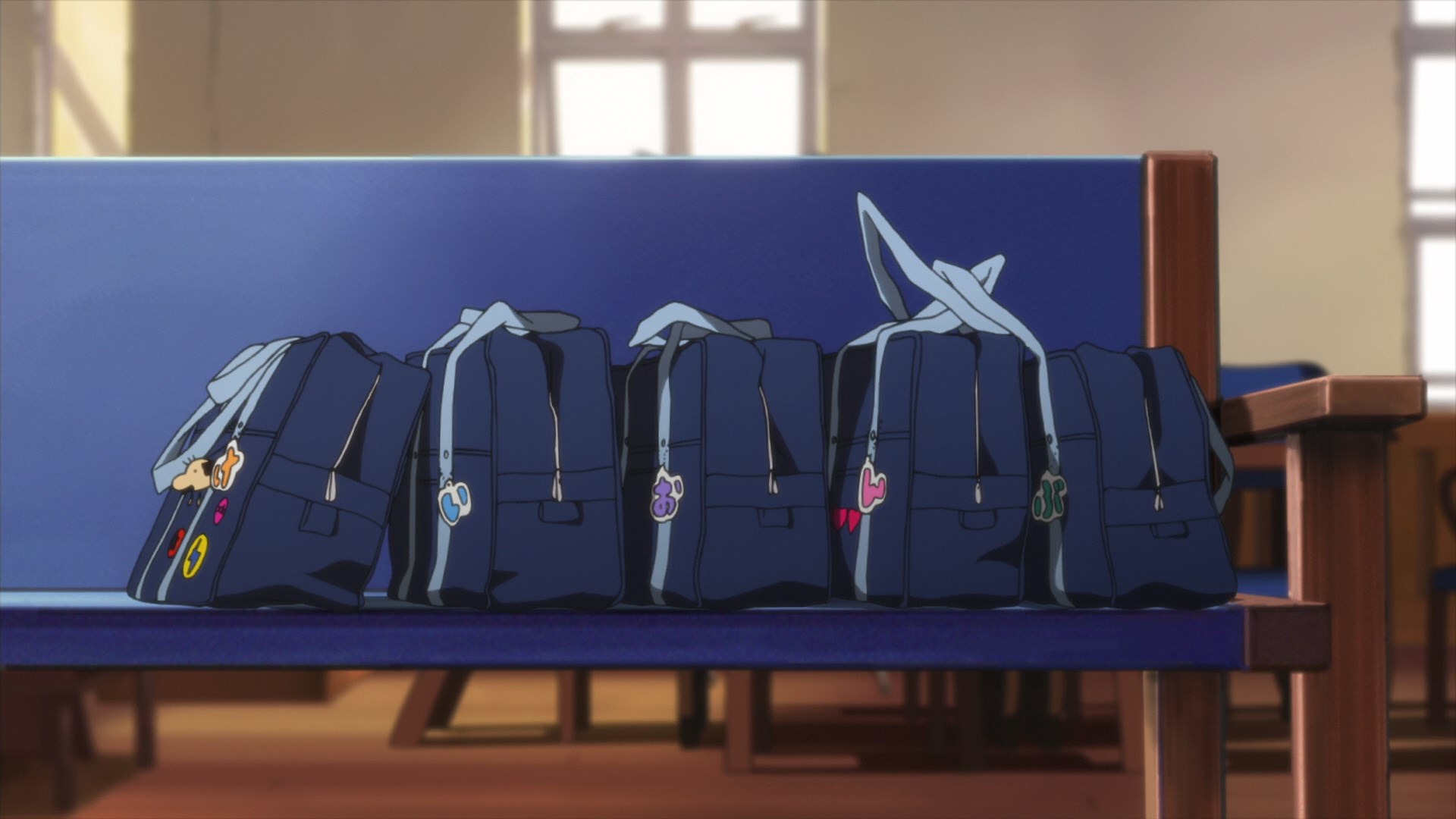

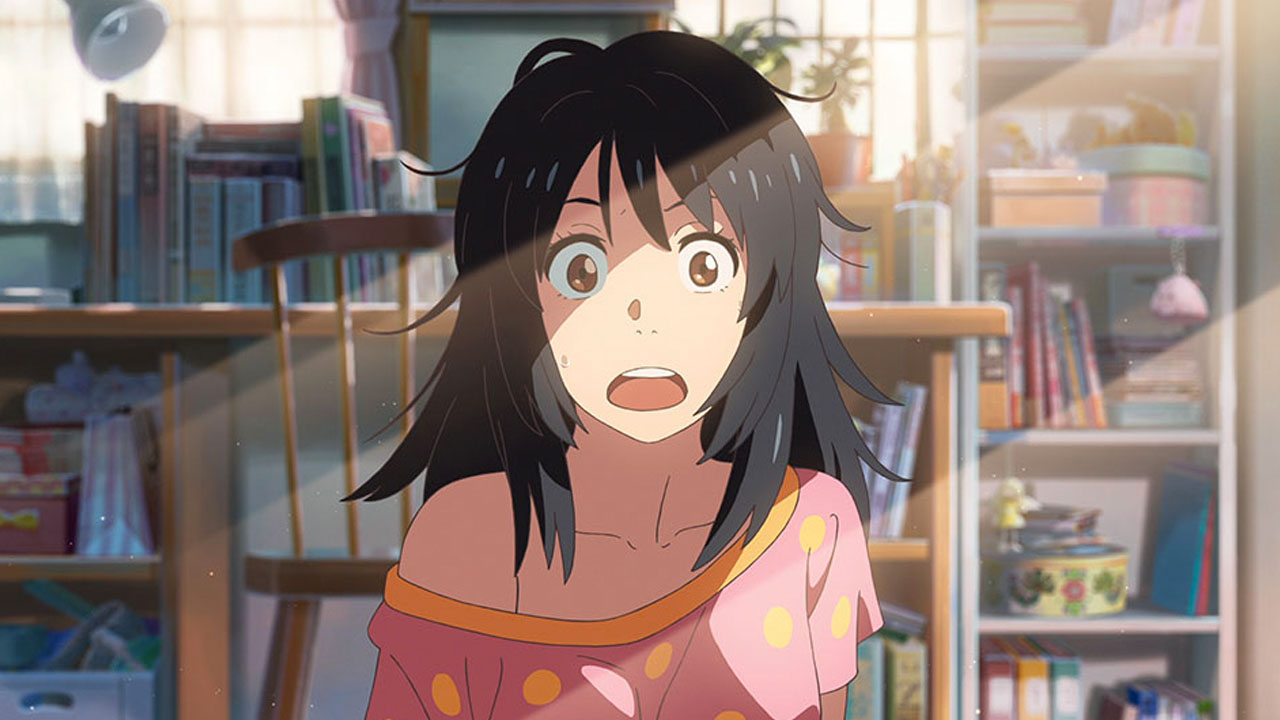
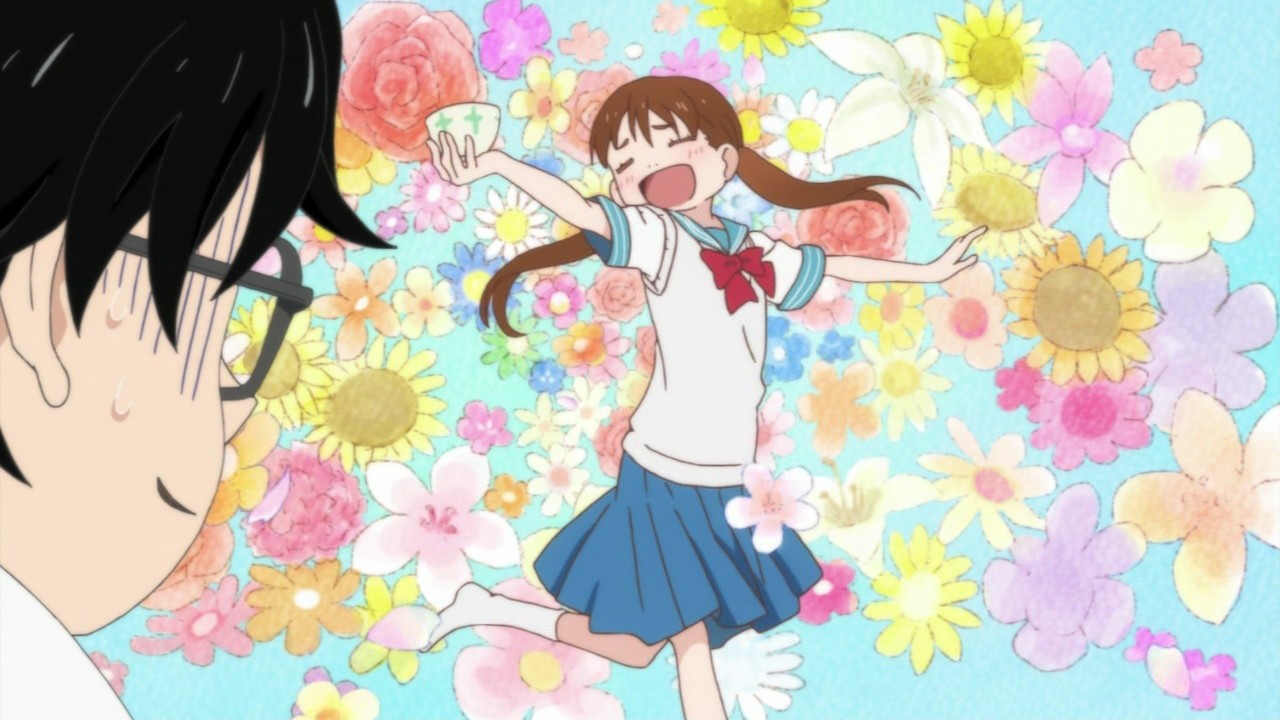
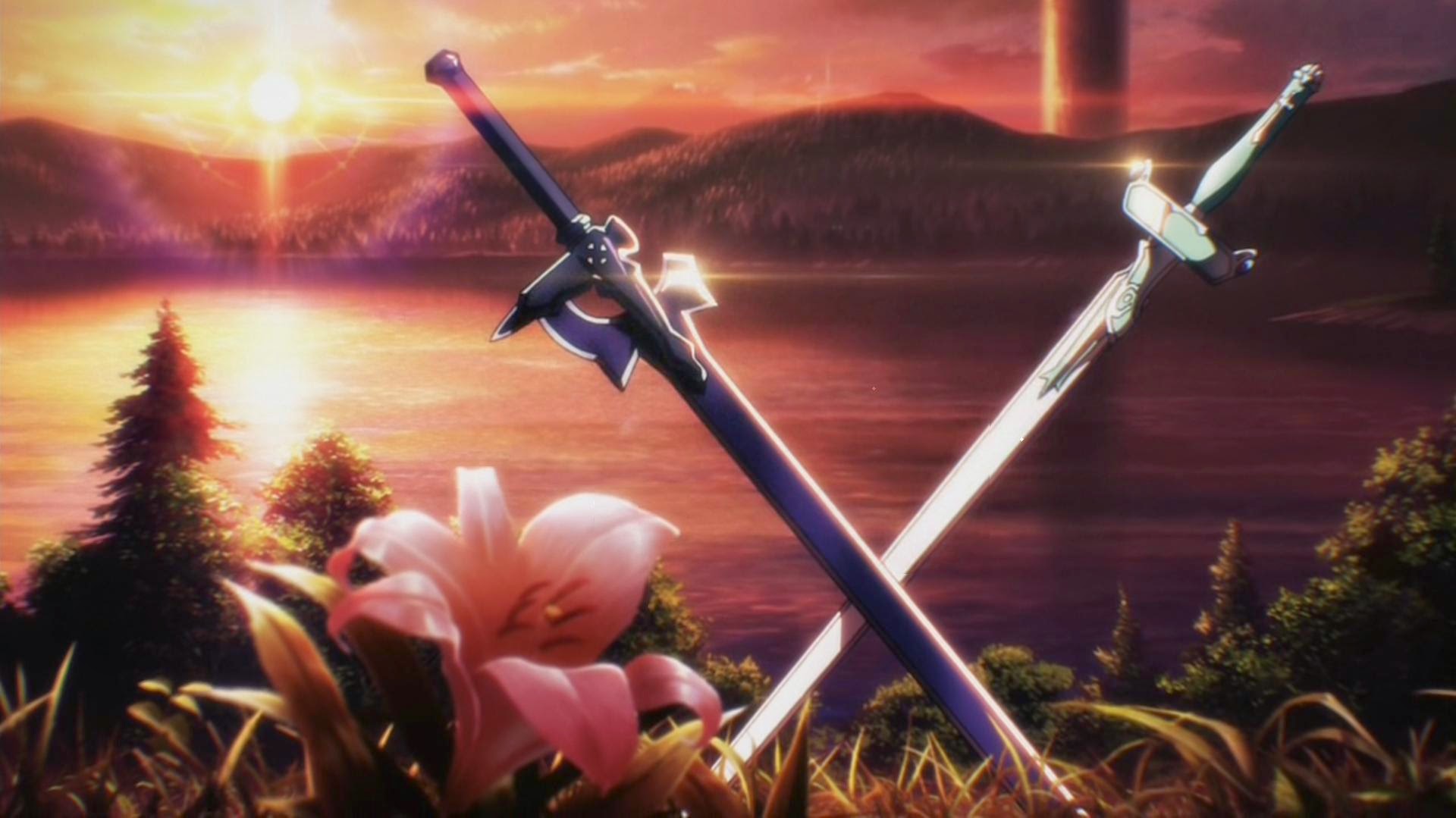
Stop using massive walls of text. You start off fine with a nice, reasonably sized paragraph that’s easy for the reader to consume before moving on so I know you’re capable of using them properly. This WoT formatting pretty much kills any desire or interest I may have had in the subject. The readability is horrible.
If you get nothing else out of this comment at least understand that massive, over-sized, way too long, do you get my point yet I sure hope so, paragraphs do not make for an enjoyable reading experience.
I only approved this comment to tell you it automatically got flagged as spam, so our software thought you’re even more unreadable.
Kind of hard to read and really wordy article especially the first three paragraphs that I had to reread at least three times just to find the big picture point. In terms of data, I was surprised people thought SAO and Mahouka etc wouldnt have an audience among younger folks or even just teenagers. I was sure remember even just school kids with stationary and what not from SAO and also the games (SAO games are so fun). Its sad people do ignore the game and kids shows on CR and now Daisuki (with Beyblade), and largely in the past… Read more »
I keep seeing Re:zero up there in different charts which lead me to think it was performing well, and I myself enjoyed it quite a bit. Which leads me to question on why does it seem to have a bad reputation for both English and Japanese fans alike? Do they literally just ignore the facts and just say “it’s shit”, “it sold so low”, etc.
I can’t speak for other people, but personally I had issues with the show because its attempts to question the toxic MC figure felt dishonest. But if anyone is saying that it performed poorly, then they’re either conveniently interpreting pieces of information to make themselves feel better about their dislike, or just don’t have any idea what they’re saying. The latter’s preferable.
It’s somewhat of a deconstruction and criticism of the “Nice Guy” nerd Wannabe-Ubermensch mentality; Subaru I find to be almost *too* relateable in that sense, so when the show is tearing him apart a lot of fans also see the show as tearing them apart in turn. The cultural specifics of how this enters your psyche will differ from Japan to North America but I think in the broad strokes this can explain it. A lot of people who criticize Re;Zero for the Protagonist not just up and min-maxing his power as a cheat code fall under this category for… Read more »
I actually felt the protagonist wasn’t being penalized nearly enough since the narrative still bent to his needs to have a punishment arc at the cost of focus for anyone else, so go figure. To some degree it felt like an author who’s read too many LNs trying to criticize a medium they’re too rooted in.
You didn’t even mention Nintama Rantarou, I hate you forever now. Or at least until I’m sober 🙂
I liked the show so I deserve to be forgiven!!!
What’s the source for “Not Moe Apparently.jpg”? I want to check it out.
It’s from one of Your Name’s trailers. I’m sorry to inform the internet that Masayoshi Tanaka’s designs for the film are real fucking moe, though.
The Designs for Your Name were not off-putting to me. In general, what I consider moe designs would lead to me not even giving a show a chance. There is still an air of realism about the Designs in Shinkai’s film. I’m not saying it’s Jin Roh, but the final result feels more realistic to me.
“Moe means the kind of thing I don’t like” is the reason the term has survived as a scapegoat, and also how “fujoshi-bait” and whatever other similar garbage is becoming prevalent as criticism for anything with hot boys people dislike. Masayoshi Tanaka is one of the biggest influences on modern designers under that aesthetic umbrella so it seems very dishonest to make him an exception now that he’s happened to land a massively successful film. (And no, that doesn’t mean you’re personally in the wrong for liking how the film looks while disliking most anime with cute girls. Absolutely nothing… Read more »
I should add that if Raenir didn’t ask, I was going to ask what that was from, because just from the picture it immediately looked like something I might be willing to watch. Most shows, today, I see one frame and it’s enough to know I’m not interested.
I like bishoujo anime and I don’t think Masayoshi Tanaka’s shoes usually have the bishoujo look except Joshiraku. Manga that looks like Toradora and AnoHana could get into shounen jump and the Your Name screenshot in the article makes the girl look ugly even. Ano Natsu is somewhere inbetween. In any case if you’re going to define moé style as ‘what people who don’t like moé would reliably avoid’ then only Joshiraku and AnoNatsu and maybe Anthem of the Heart apply (though that also has the cinematic look). and I think the character designs of Your Name are a lot… Read more »
The biggest (and most positive) surprise here was hearing about the boost of Eccentric Family S1 viewership from DVR data. I wonder the announcement of the upcoming continuation is the sole reason for the rise in interest, or if other factors like Yuasa’s upcoming adaption of Tomihiko Morimi’s “Yoru wa Mijikashi Arukeyo Otome”, or simple word of mouth also was an influence?
Kevin, how do you find the ratings for anime shows each season?
The weekly Top10 is easily available, even Anime News Network posts it (a bit late), but latenight shows only make it there in special weeks when a bunch of daytime anime doesn’t air. That’s why resources like the ones I mentioned in the article are very valuable, because otherwise we rely entirely on ratings leaks which are incomplete.
You don’t have to approve this comment. This is unrelated to the actual topic of your video. I’m just confused by why some people have a problem with text and reading a lot. I thought people came to a blog post to read.
(I said video I obviously meant article… aye aye aye…. how embarrassing)